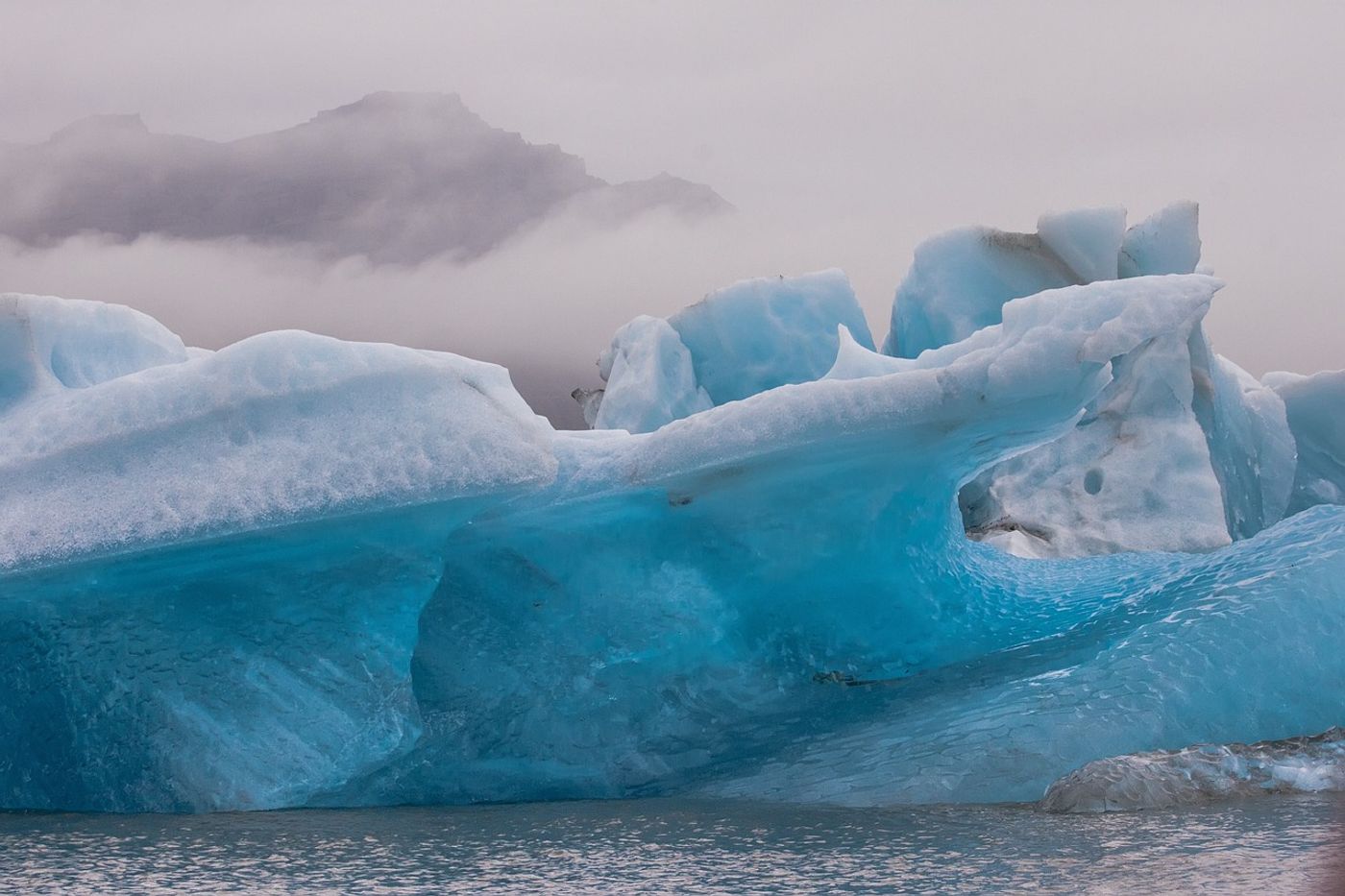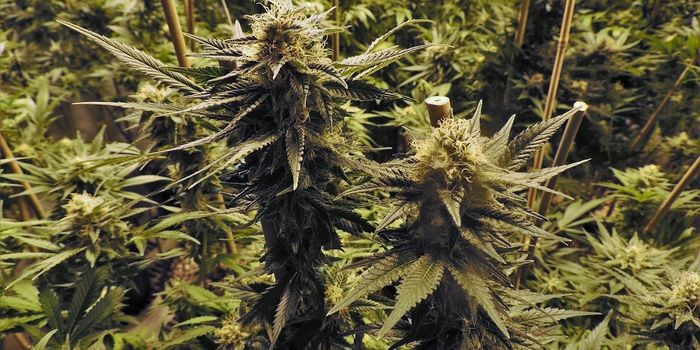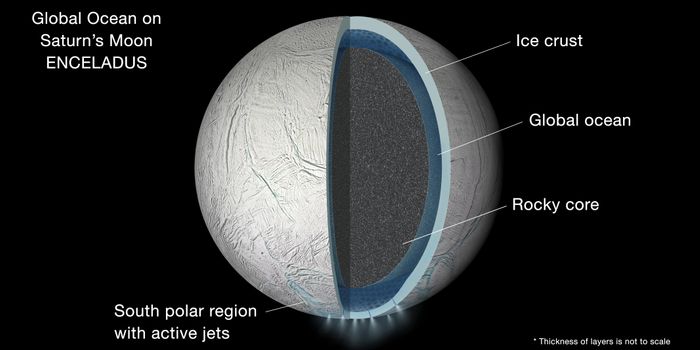Ice Dust Potentially Tells Climate Change History
In a recent study published in Geosciences, a team of researchers led by The Ohio State University have examined dust gathered from glacier ice in Tibet in hopes of learning more about the Earth’s climate change history. This study holds the potential to not only help us better understand past climate change, but to predict future climate change, as well.
"By looking at dust composition through the ice, we can extract information about Earth's environmental condition at the time the snow was deposited, and the ice was formed," said Dr. Emilie Beaudon, who is a senior research associate at the Byrd Polar and Climate Research Center, and a co-author on the study. "We might be able to learn if it was a relatively dry or wet period or try to infer where the dust originally came from, and thereby obtain information on past atmospheric influences." She also refers to the gathered samples as “cryo-dust”.
For the study, the researchers utilized ice cores—drilled cylinders of ice gathered from ice caps and glaciers—to learn about the Central Asian dust cycle which can provide clues as to both biological and geological history in the region. The ice for this study was gathered from the Guliya Ice Cap in Northwestern Tibet. One of the goals of the study was to determine if the particles in the drilled ice originated from either the local region or something distant.
"What we wanted to prove with these preliminary samples is that there is actual variability in their geochemistry and mineralogy," said Dr. Beaudon. "We found that it's not all the same dust coming from the same desert, and even in the same glacier, you don't always have the same material."
Dr. Beaudon ultimately hopes to examine glacial records on planets other than Earth.
"My goal is to acquire a lot of expertise in cryo-dust," said Dr. Beaudon. "If there are ever ice cores drilled or samples taken from Mars or any other planet, I hope to study them."
Sources: Geosciences
As always, keep doing science & keep looking up!









